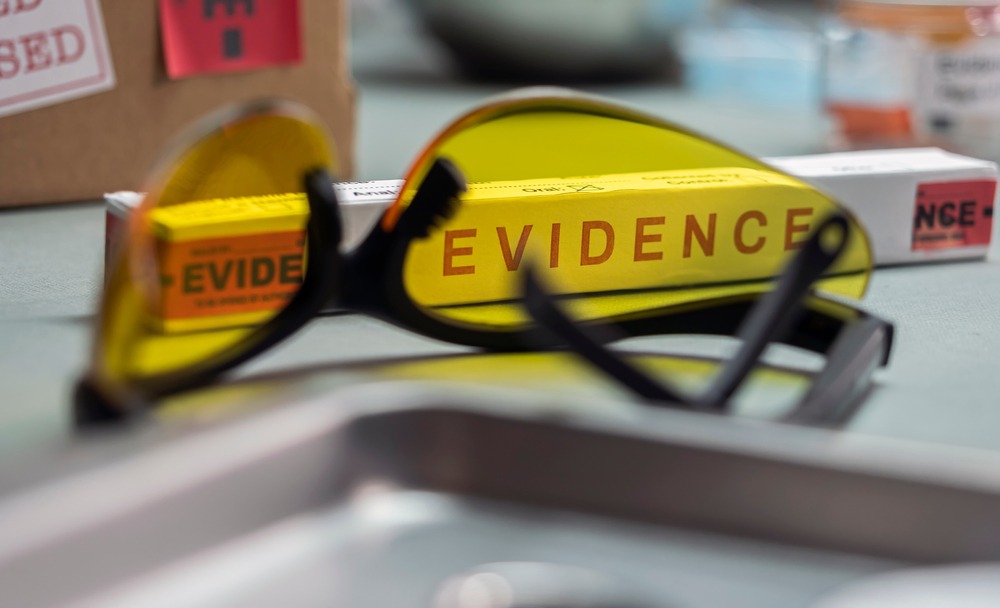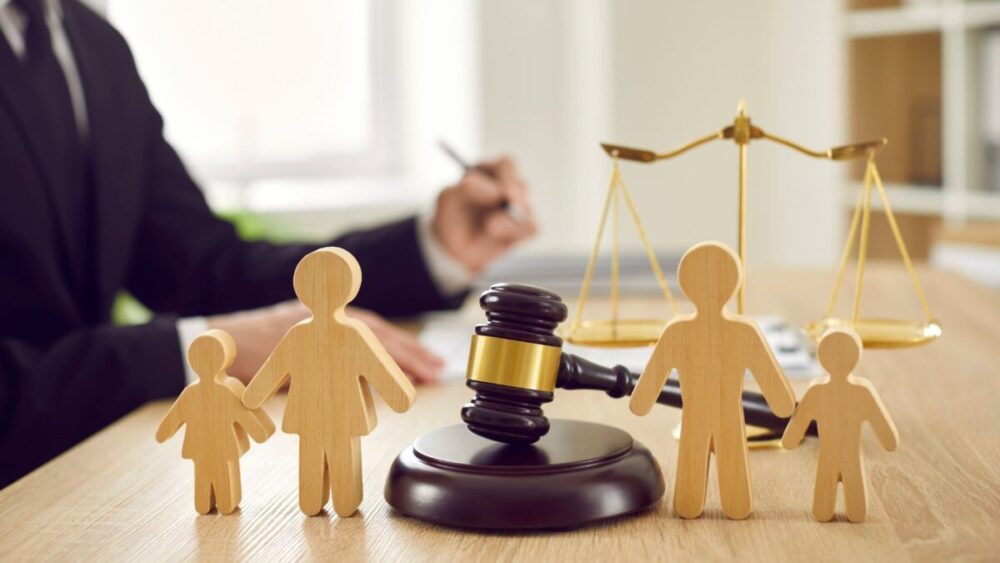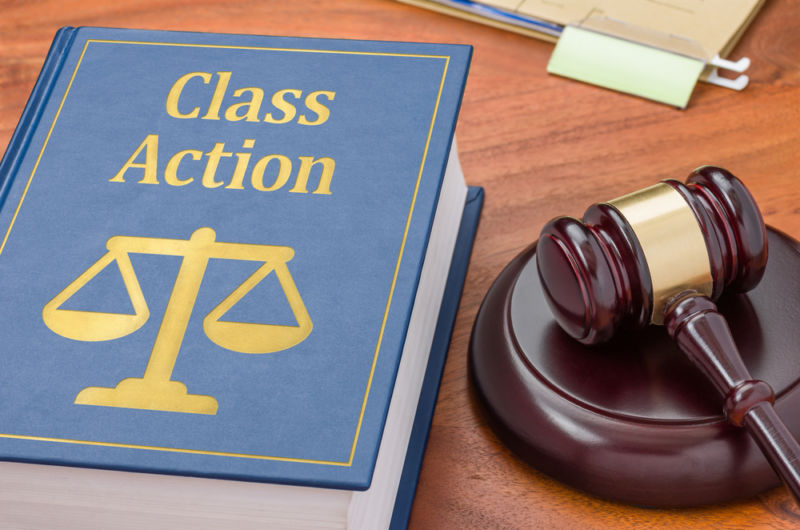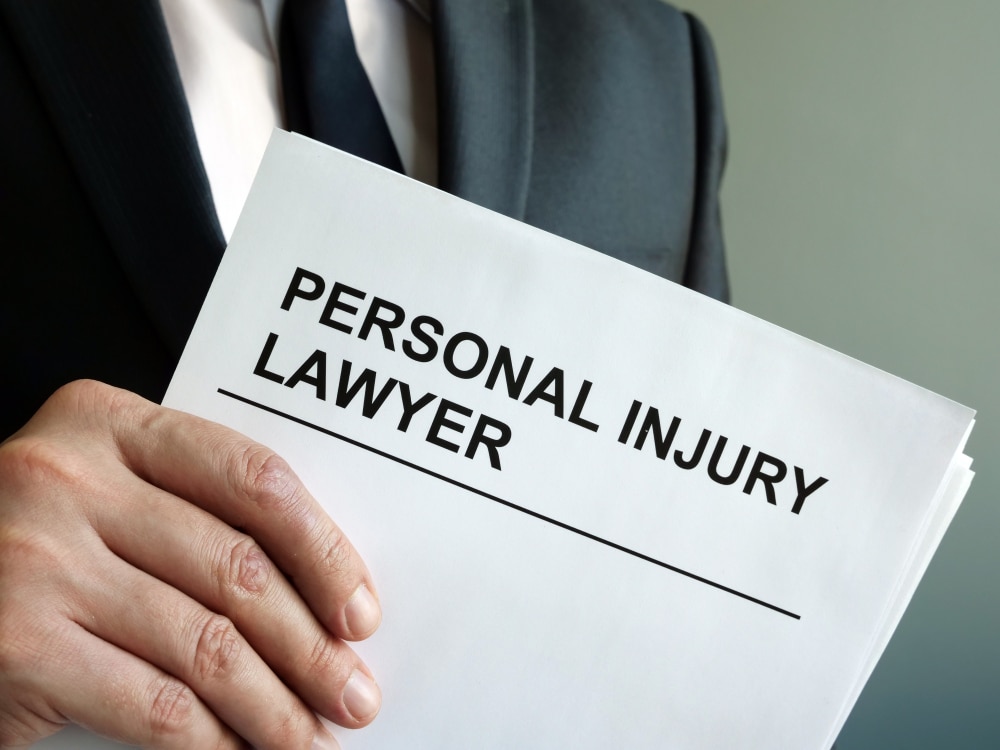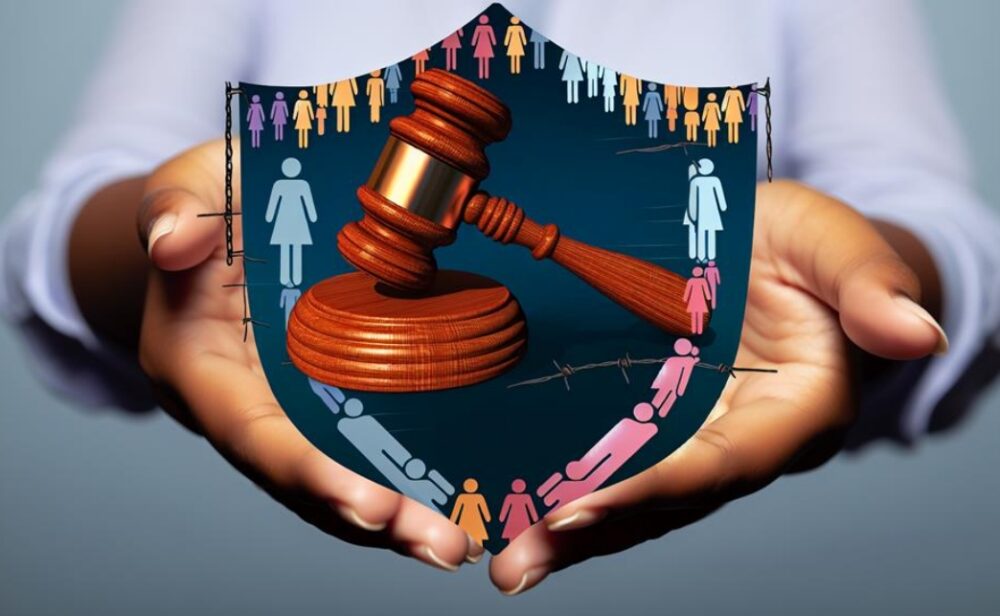In the intricate tapestry of legal proceedings, the role of evidence stands out as a critical thread in sex crime prosecutions. The law, in its sanctity, dictates a process that balances the scales of justice, ensuring that every claim, accusation, or defense is substantiated by credible, reliable, and admissible evidence. Understanding the nuances of how evidence shapes the outcomes of sex crime cases reveals the complexities facing the judicial system, victims, and the accused.
Sex crimes encompass a range of offenses, including sexual assault, rape, child molestation, and possession of child pornography, among others. These crimes, by their very nature, often occur in private, making them exceptionally challenging to prosecute. Due to the sensitive and sometimes elusive nature of evidence in these cases, the law has instated specific guidelines concerning the collection, preservation, and presentation of evidence. But what exactly does this evidence entail, and why is it so pivotal in the courtroom?
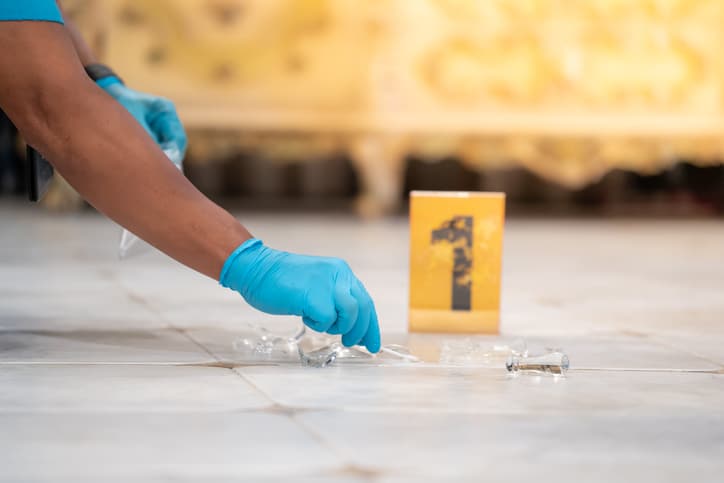
The Spectrum of Evidence in Sex Crimes
Central to any sex crime prosecution is the nature of the evidence presented. Typically, this could be physical, documentary, demonstrative, or testimonial. Physical evidence might include DNA traces, clothing, or objects from the scene of the crime. Documentary and demonstrative evidence can range from photographs and videos to communications such as emails or text messages. Testimonial evidence, often the most volatile, comes directly from the statements of the victim, the accused, or witnesses.
The lack of physical evidence does not spell doom for a prosecution. Courts are aware that factors such as delayed reporting and the absence of forensic evidence are common in sex crime cases. Consequently, testimony, especially the victim’s, has a substantial influence. However, it also presents challenges, as defense teams can question the credibility and reliability of the testimonial evidence, complicating the pursuit of justice.
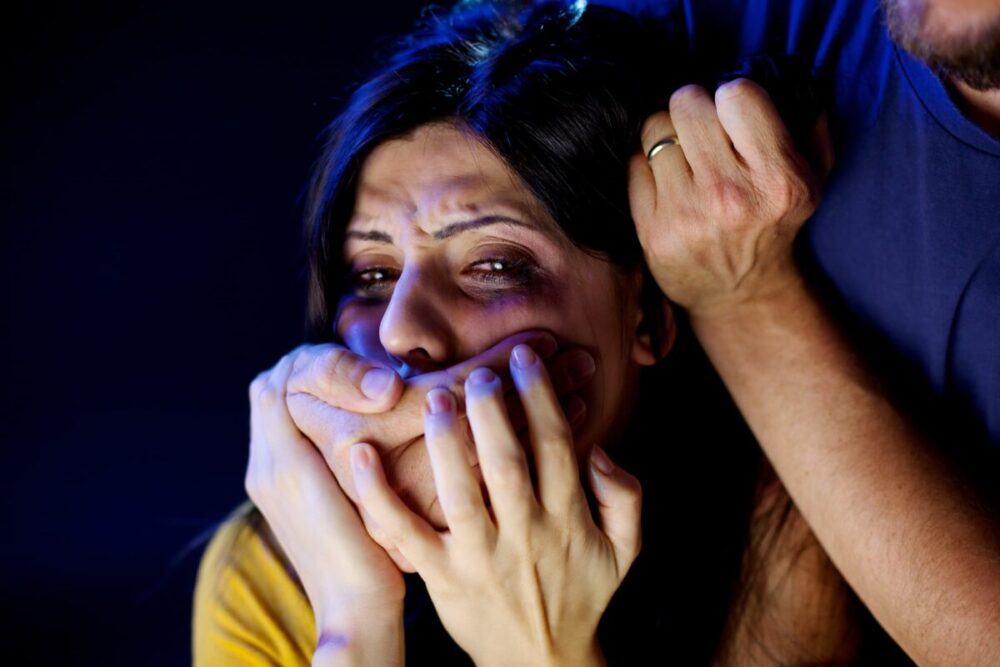
Legal Safeguards and the Burden of Proof
One fundamental principle in criminal law is that the accused is presumed innocent until proven guilty. This adage underscores the prosecution’s burden to prove, beyond a reasonable doubt, that the crime was committed by the defendant. It’s a high standard, necessitated to prevent wrongful convictions.
For sex crimes, this can be a monumental task. The prosecution must construct a narrative, often from fragmented or nuanced pieces of evidence, that satisfies this stringent criterion. It is here that the expertise of a sex crime attorney becomes invaluable. These legal specialists are adept at navigating the labyrinth of laws that govern sex crime prosecutions, challenging or bolstering the case with their nuanced understanding of evidence handling and admissibility.

Challenges and Solutions in Evidence Presentation
Navigating evidence in sex crime cases presents multifaceted challenges: defense teams may attempt to discredit the victim or underscore a lack of physical evidence, while the prosecution struggles with sensitively handling victim testimonies. Effective solutions involve early and empathetic engagement with victims, fostering trust for detailed information sharing. Further, a collaborative approach integrating efforts of medical staff, forensic experts, and legal professionals ensures a comprehensive methodology in evidence collection and presentation. Embracing technology’s role, like analyzing digital footprints, also enhances the evidentiary landscape, necessitating continuous learning among legal practitioners to fortify their strategies.
Conclusion
The judicial process in sex crime cases is a delicate balance of upholding the rights of the accused while seeking justice for victims. At the heart of this balance is evidence—its integrity, its presentation, and its interpretation. Ensuring that evidence in sex crime cases is robust and admissible is paramount for a fair trial and just outcome. It requires the concerted efforts of all stakeholders, each playing their role in the sacred pursuit of justice. The law, in its wisdom, underscores the need for this balance, reminding society of the critical nature of evidence in echoing the truth.

